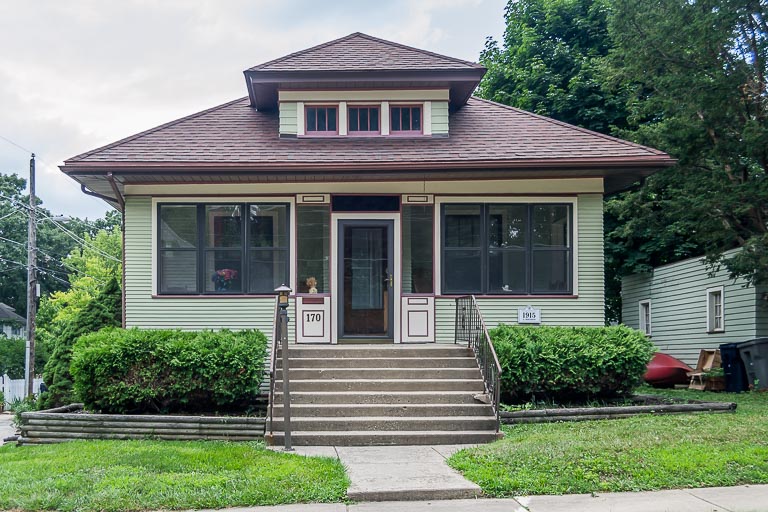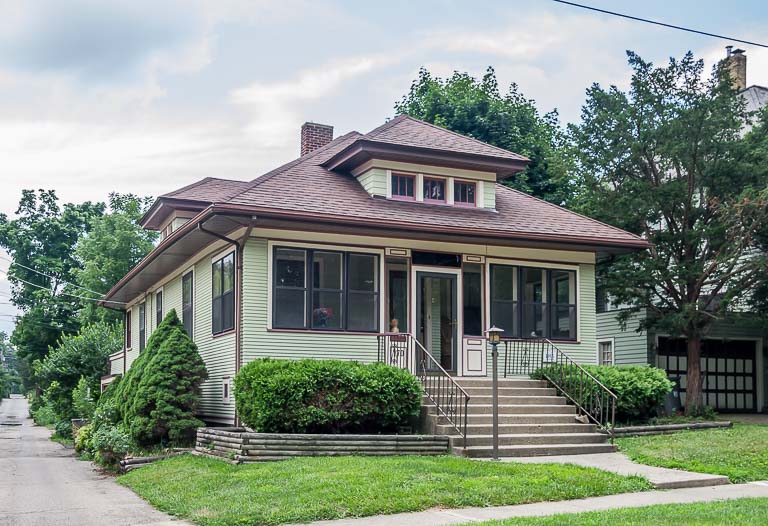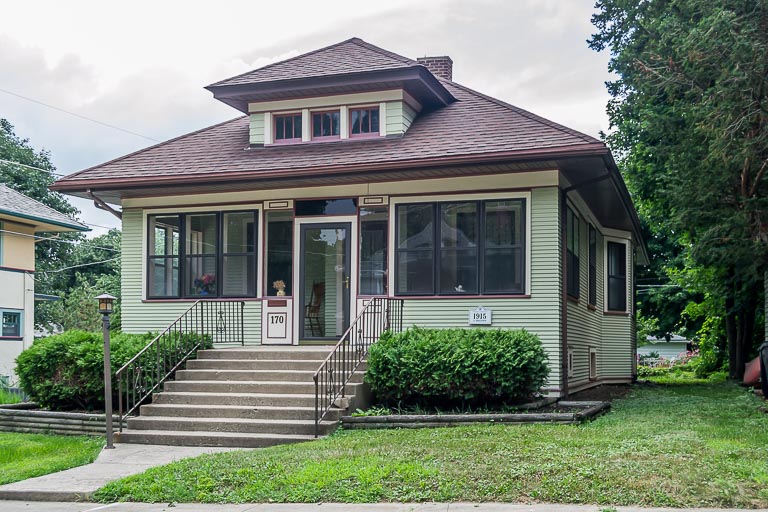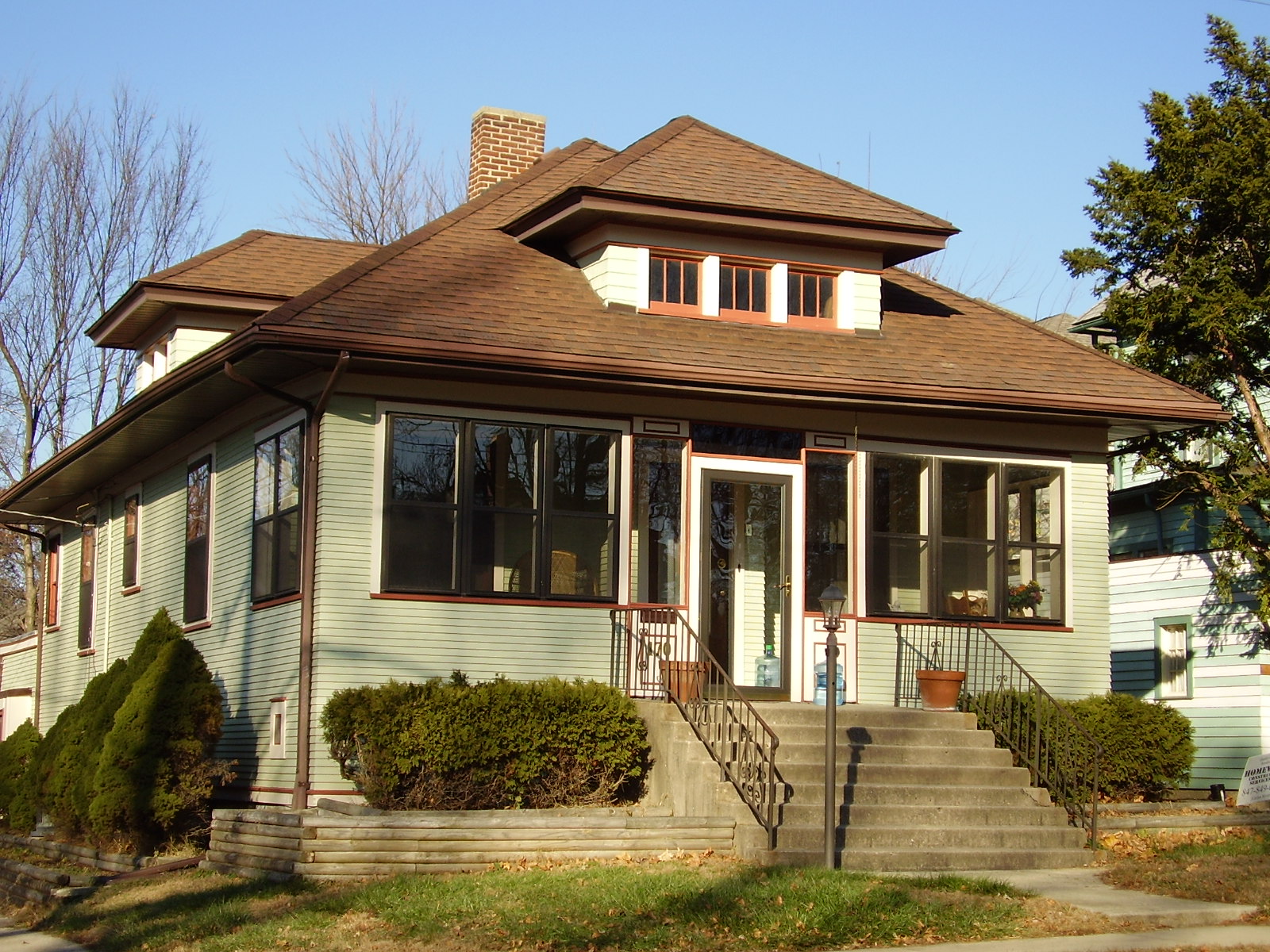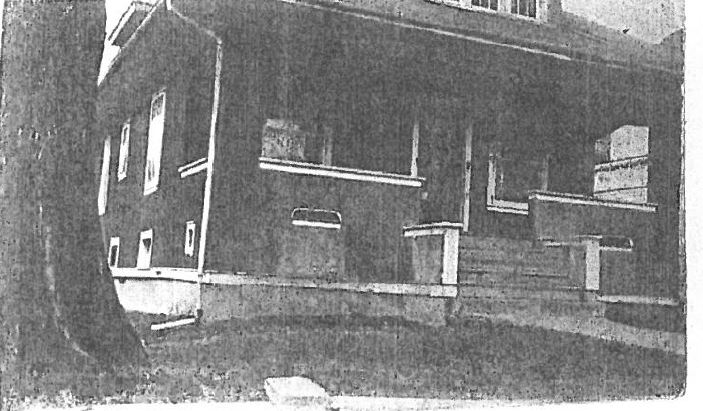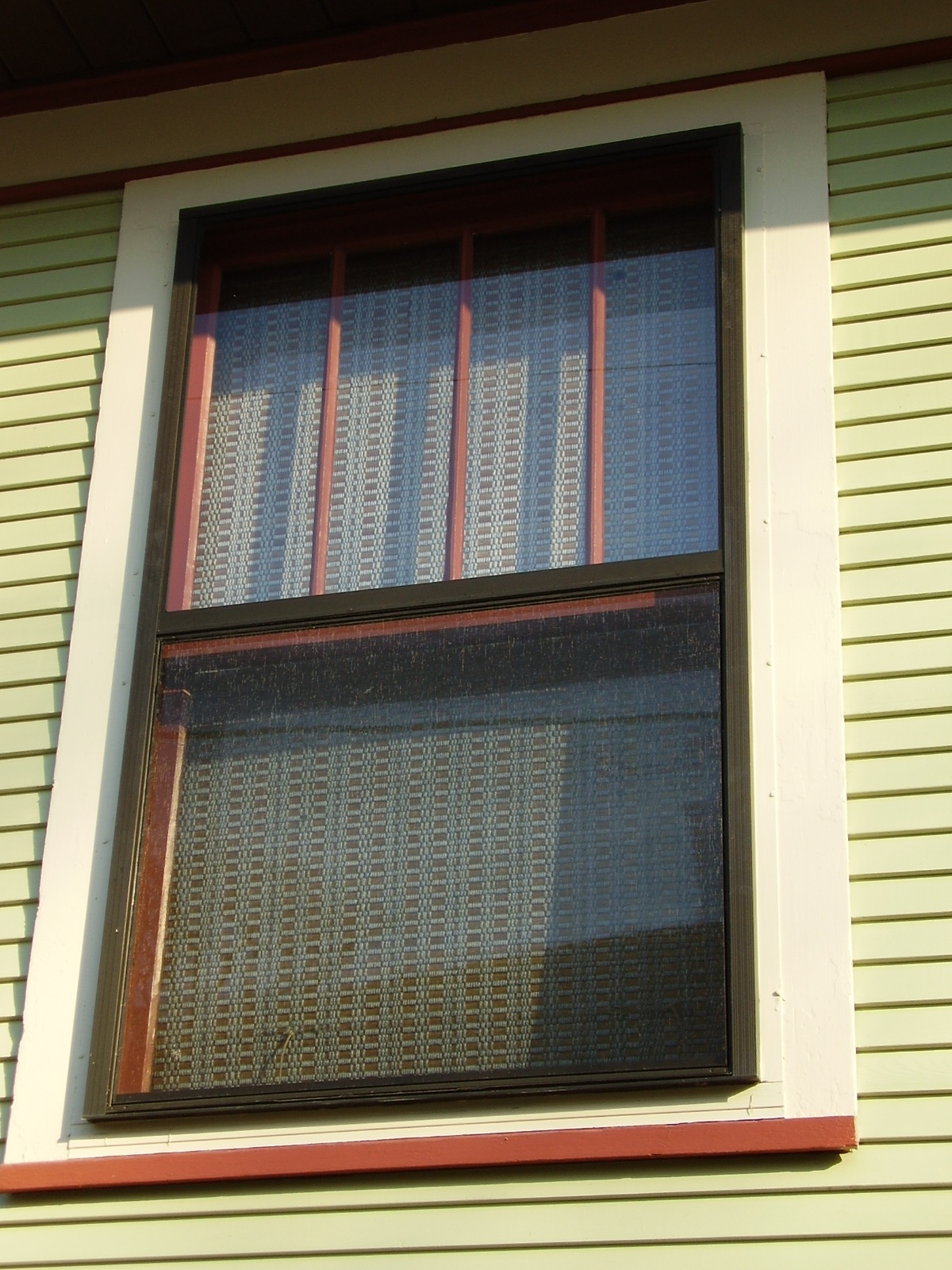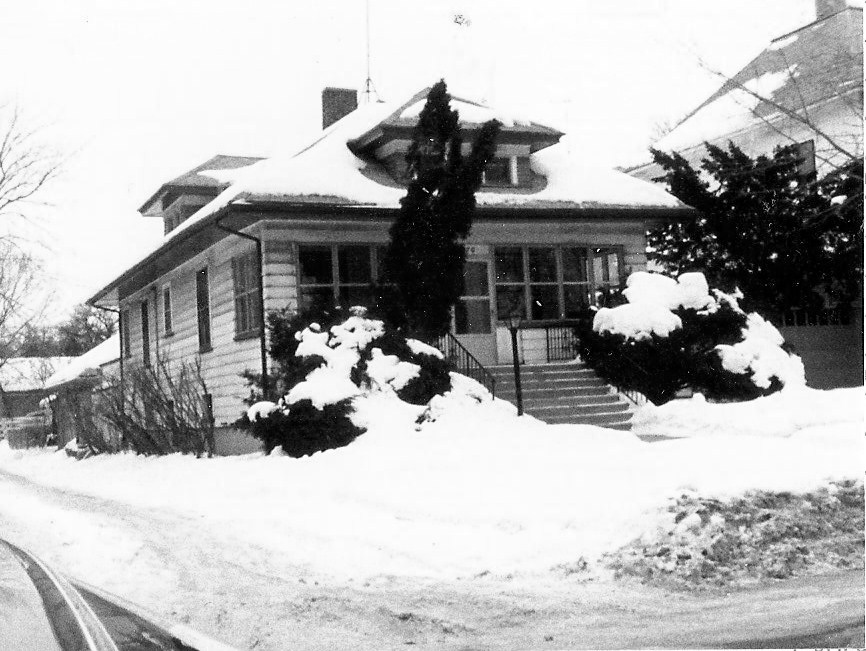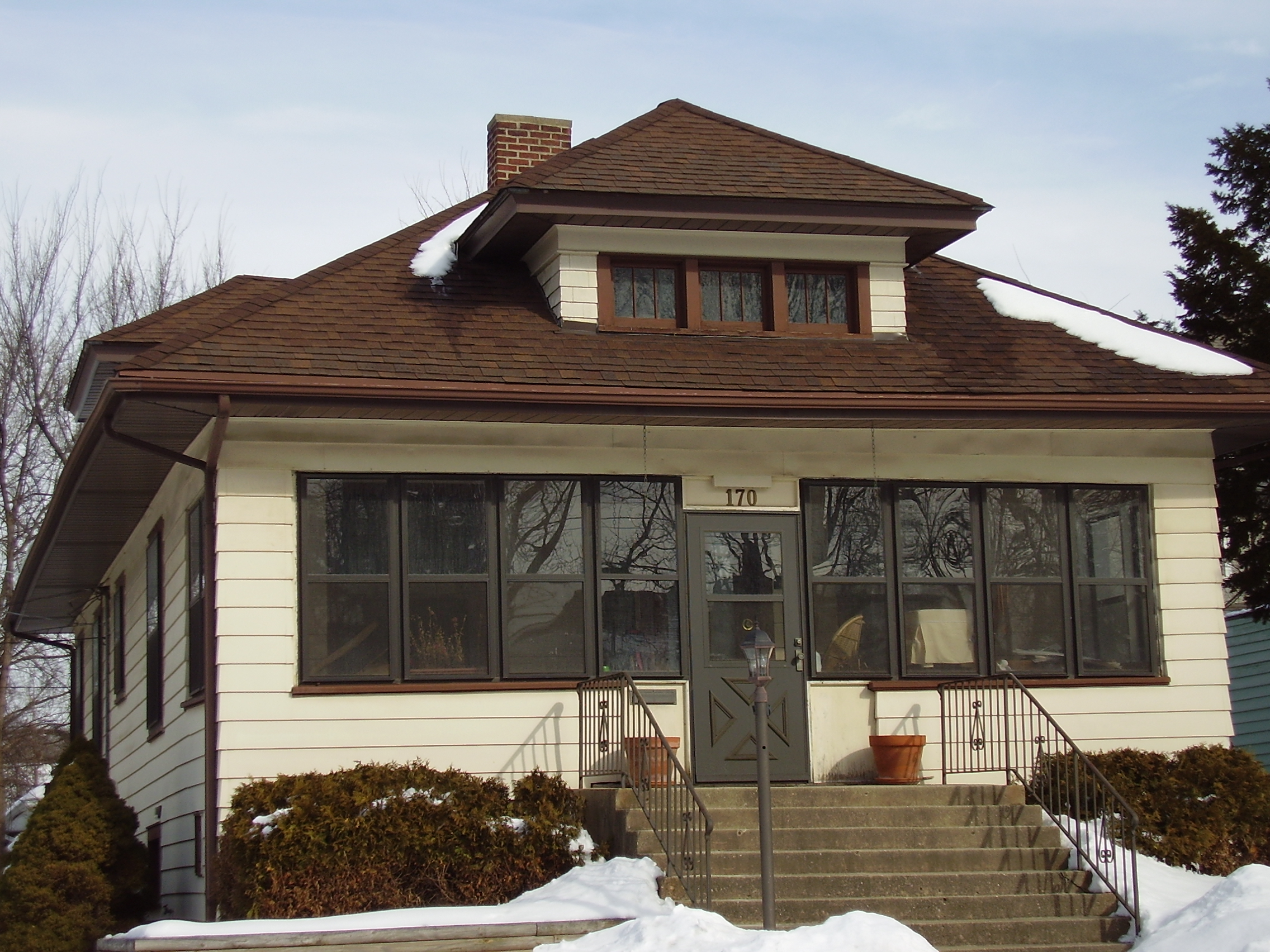170 LINCOLN AVENUE
HISTORIC SIGNIFICANCE
170 Lincoln Avenue was built by Samuel Shedden in 1915. Prior to the construction of 170 Lincoln Avenue, Samuel bought 800 N. Spring Street from John Waterman. The Sheddens kept that home until the 1940s. In 1913, the west 40 feet of 800 N. Spring Street was released from the mortgage and two years later, Samuel built 170 Lincoln. Samuel was born in Pingree Grove, eventually moving to Elgin. Here, he worked as a bookkeeper for George Peck's store and in an executive position for the Illinois Iron and Bolt Company in Carpentersville. He was also the Kane County Treasurer for a number of years and active in the Firsts Congregational Church and the YMCA.
Samuel Shedden immediately sold 170 Lincoln to George Sylla, a banker. Sylla remained owner of the house until 1924 when it was sold to Joseph Zalinsky along with a 16 feet strip immediately north of it. Zalinsky was described in his obituary in 1945 as a "well known tavern owner," however, he experienced financial difficulties in the 20s and had to foreclose on the property in 1929.
ARCHITECTURAL SIGNIFICANCE
170 Lincoln Avenue is within the Spring-Douglas Historic District and is listed as a contributing structure to the historic significance of the area. The building was constructed in the Bungalow typology that was popular after the turn of the 20th century. Typical Bungalows emphasize horizontal lines, have wide front porches and low pitched roofs. They were informal, inexpensive houses that appealed to the working class people. They are often seen with Prairie and/or Craftsman detail.
170 Lincoln Avenue is a one-story, rectangular house with a hipped roof having wide, enclosed overhangs. The roof contains two hipped dormers; each with a band of three windows with vertical panes. The house is clad in narrow horizontal wood siding. In the now enclosed back porch, original stucco cladding is seen. A photo of the house in its original state shows the stucco and the open front porch. Sometime ago, aluminum siding was installed over the stucco. During restoration, it was decided to keep the wood siding. The house was the subject of the Northeast Neighborhood Association's Great Unveiling in 2007 and restoration financed by a City of Elgin Neighborhood Improvement Grant.
TIMELINE OF PREVIOUS OWNERS
Sources: 2008 Heritage Plaque Application; Audio: TextAloud

